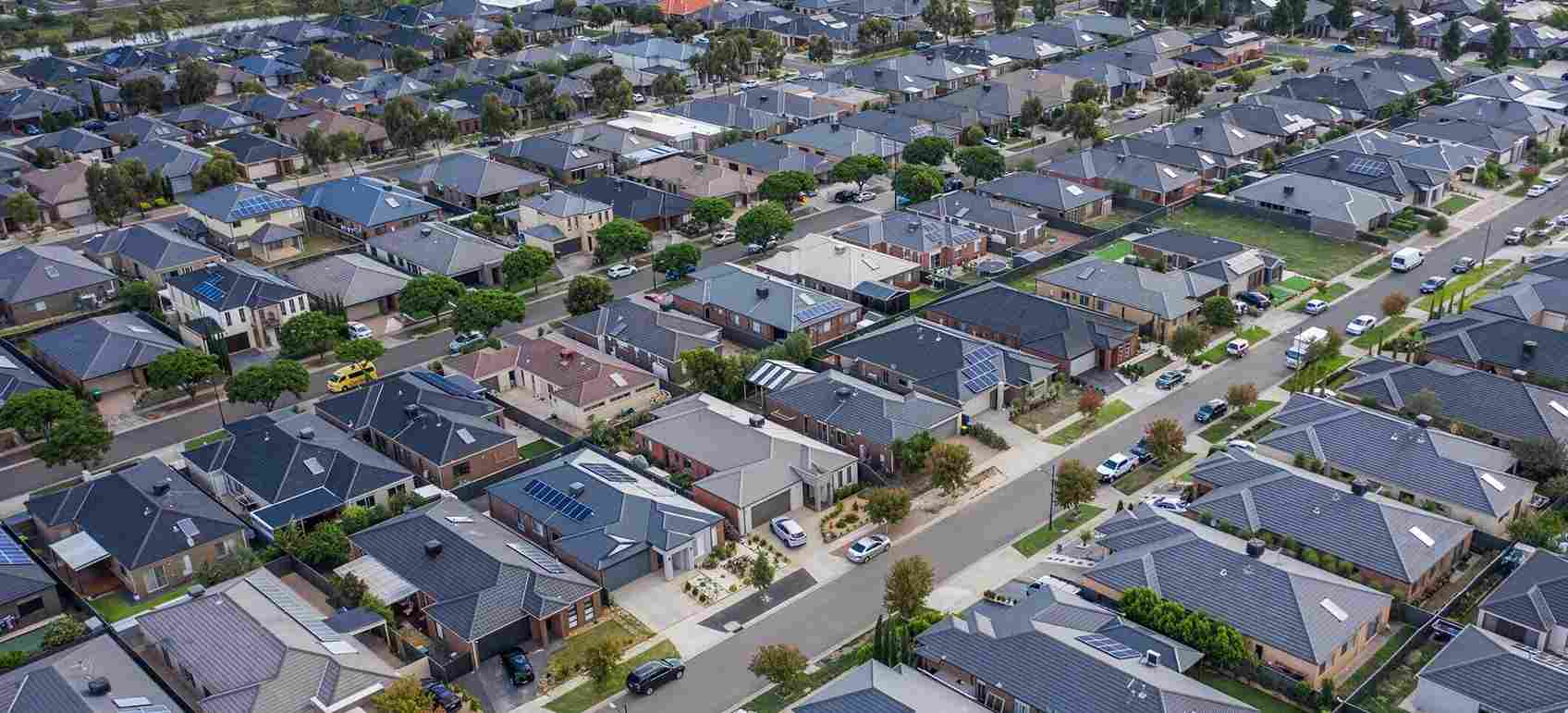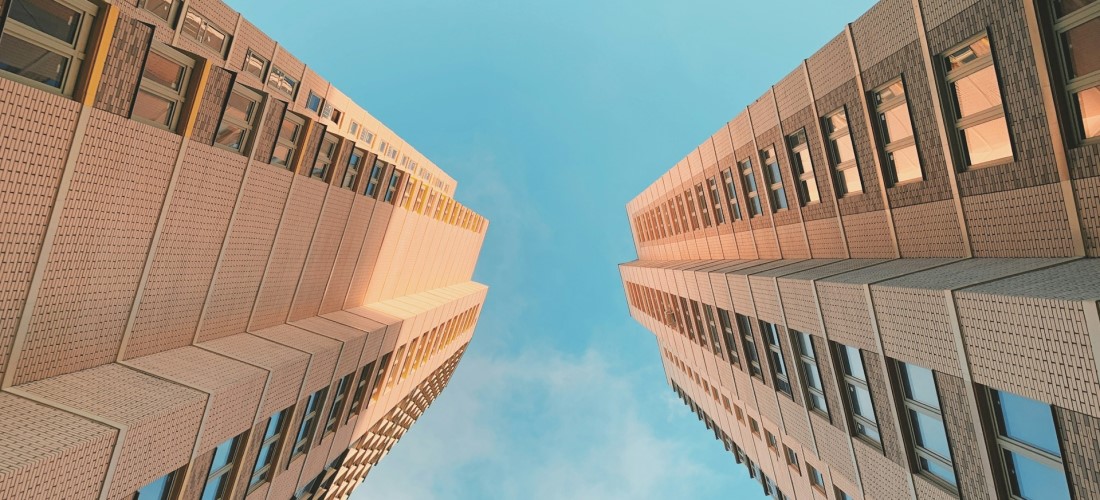
Housing Market Update: Strong House Price Growth H1, But (Gradually) Slowing
Summary:
- Not for the first time, Australia has seen a patch of very strong house price growth;
- The story of higher prices is consistent across most areas and segments;
- All the factors that drive housing have helped drive prices higher;
- But starting from next year those factors become more mixed.
- The lockdown will only modestly impact the Sydney housing market.
- After very strong growth of 16% this year, I expect a slower place in both 2022 (8%) and 2023 (4%).
Last year the worry about house prices is that they might fall. This year it is by how much they have risen. Growth across Australia averaged in the double digits in the year to June 2021. Historically, such a pace of price growth is not unusual.
Growth has been strong across the major capitals. One topic of conversation is that house prices have risen by more than units. That has been the case in Sydney, Melbourne, Brisbane, Adelaide and Canberra, but not elsewhere. Another discussion has been the outperformance of house prices in regional centres. That story differed between states. Regional outperformance has been significant in NSW, Victoria and (to a slightly lesser degree) Queensland. Perth and Darwin have clearly outperformed the rest of the state.
A third feature discussed has been that the highest price rises have been for the most expensive homes. The actual story is again more complicated. Expensive home outperformance has been most obvious in Sydney and Canberra (and to a modest extent in Adelaide). But in Perth, Hobart and Darwin the best price growth over the past year has been at the cheaper end.
The most significant driver of high house prices has been the extremely low level of interest rates. The maximum impact from the decline of interest rates hit the housing market in the middle of 2021. If interest rates stay where they are history would suggest they will provide a diminishing impact over coming months. All the recent discussion has been about the potential for higher interest rates.
Over the long term a significant driver of house prices is population growth. A rise of immigration is unlikely to occur until there is widespread vaccination. Treasury assumed that international borders will start to open up around the middle of next year, with a return to ‘normal’ immigration levels gradually ramping up to mid-2024. This means a return to pre-COVID rates of population growth is still 2-3 years away.
The other important driver of house prices is supply. Industry feedback is that a lack of stock is the biggest constraint on the established housing market. There is a large amount of new houses being built, although most may not be completed until next year.
It is hard to see how the Sydney lockdown will not have some impact on the housing market. But the fundamentals of a strong economy, falling unemployment, very low interest rates, strong demand for houses in places where the has been an under supply should mean that Sydney should still record decent house price growth.
By year-end I look for house prices to be about 16% higher on average across Australia. In 2022 I expect house prices on average to rise by around 8% and about 4% in 2023.
To read my full update, click here.
We live in interesting times.
Regards,
Peter Munckton - Chief Economist






